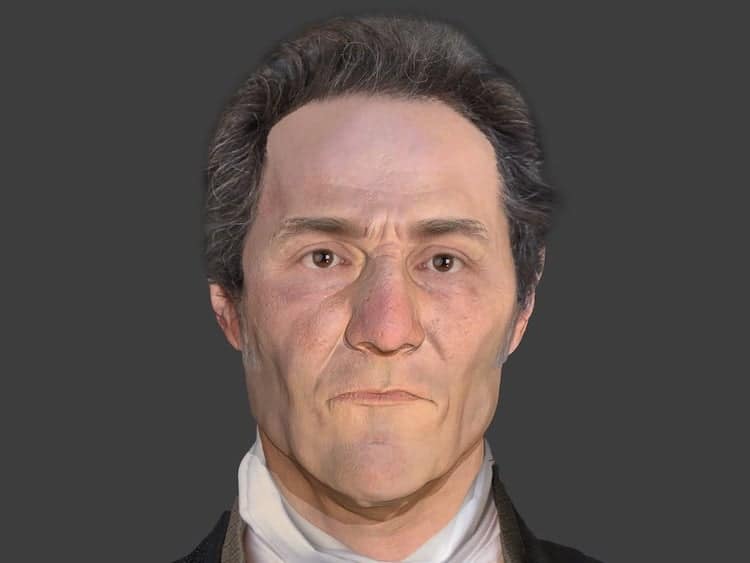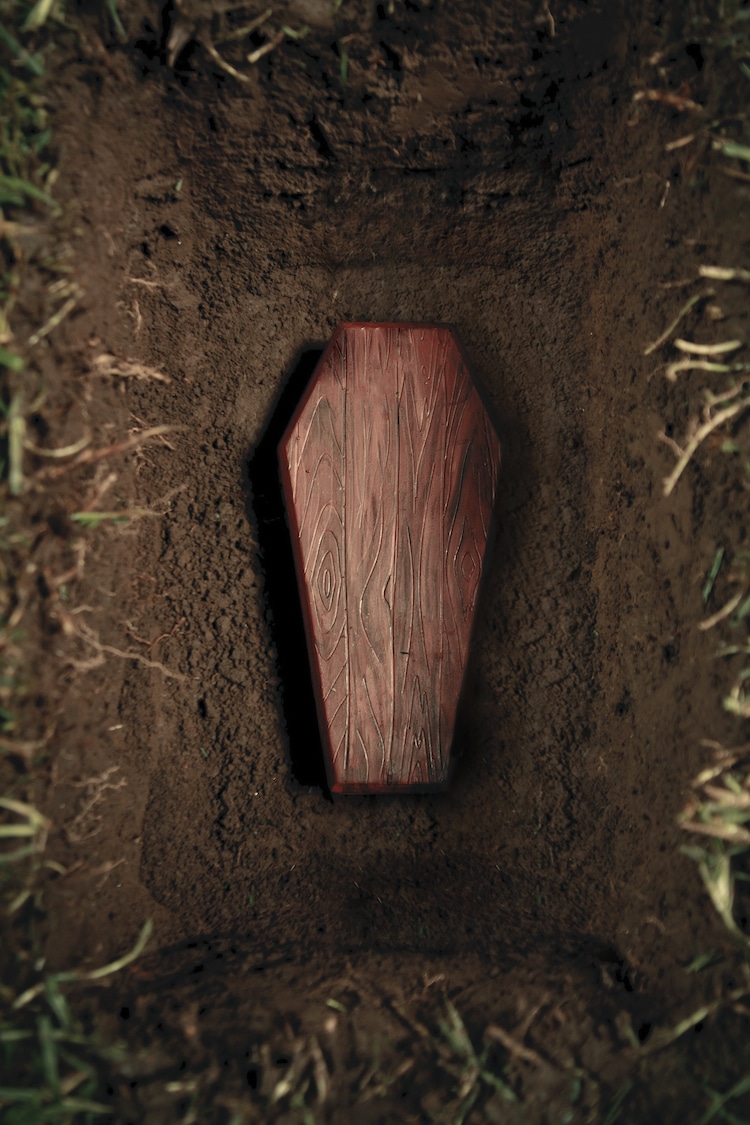Photo: Parabon NanoLabs
The history of New England is steeped in folklore and superstition.
Often, their bones would be rearranged in their coffins, with their femur bones crossed over their chest.
Such was the case with the remains of John Barber, a 55-year-old farmer who died of tuberculosis.

Photo: Parabon NanoLabs
These remains were discovered in 1990 by kids playing in Griswold, Connecticut.
After extensive DNA analysis that began in 2019, the labs have justpublished their findings.
He was buried near his first cousin, Nathan Barber, whose DNA was also analyzed in the study.

Photo: fergregory/Depositphotos(Not a photo of the actual event.)
Nathan’s remains hadn’t been touched, showing that he hadn’t been considered a vampire.
Unfortunately, John hadn’t had the same good fortune.
Photo: fergregory/Depositphotos(Not a photo of the actual event.)
Communities hit with epidemics turned to folklore for explanations, Parabon said in a statement.
It’s likely that John had been one of the first in his family to contract the deadly disease.
When it then spread to the rest of the family, he was blamed as the root cause.
This was a public health issue.
Consumption was an epidemic in 19th-century New England.
They knew nothing about germ theory and didn’t understand how the disease was spread.
Hence, this is not what we think of as vampirism' but done out of fear and love.
The labs' ability to learn so much about Barber’s appearance is a leap forward in forensic technology.
Extracting DNA from bones that have deteriorated and are brittle is quite challenging.